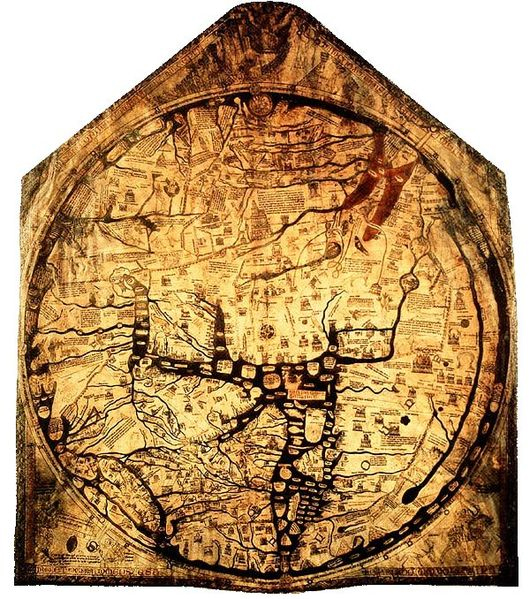Polychronicon 146: Interpreting the history of 'big history'
Teaching History feature

In recent decades, a novel approach to history has emerged, called ‘big history', which provides an overview of all of human history, embedded within biological, geological and astronomical history covering the grandest sweep of time and space, from the beginning of the universe to life on Earth here and now. A major pioneer has been the historian David Christian, who coined the term big history and initiated a course in the subject in 1989 at Macquarie University, Australia. A second major pioneer is the astrophysicist Eric Chaisson, who, together with astronomer George Field, began teaching a cosmic evolution course at Harvard University in 1975. I have been teaching big history at the University of Amsterdam since 1994, inspired by Christian's example.
Big history courses have spread rapidly and become increasingly influential. Big history has attracted growing interest from luminaries such as Al Gore and Bill Gates and the latter is sponsoring a website that will provide materials for secondary big history and that is currently being piloted in schools in the USA and Australia.
Big questions have been asked for a long time. At the end of the Middle Ages, for example, mappae mundi - world maps produced under clerical guidance and sometimes publicly displayed in churches - offered ‘big stories' that linked the present to distant origins. During this period...
This resource is FREE for Secondary HA Members.
Non HA Members can get instant access for £2.75

